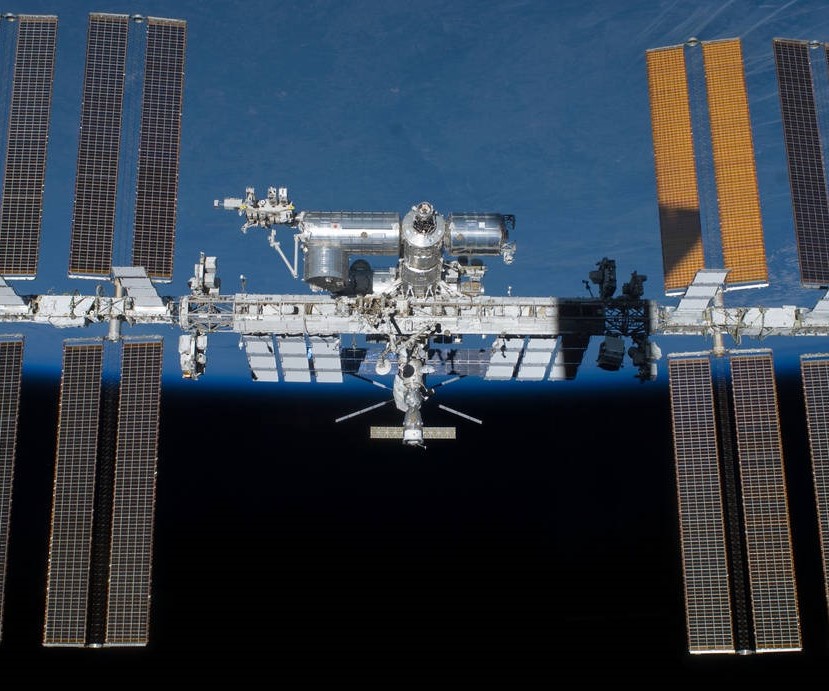


The International Space Station (ISS) is one of the most complex structures ever built and serves as an orbiting laboratory for astronauts from all over the world, but it didn’t happen over night. Construction of the ISS started way back in 1998 when its first module entered orbit. Since then, it’s expanded quite a lot while providing researchers with extremely valuable data about life in space, which is vital if we ever plan on leaving Earth. So with a new inflatable piece just added to the structure, let’s take a look back at how the ISS got to this point.















